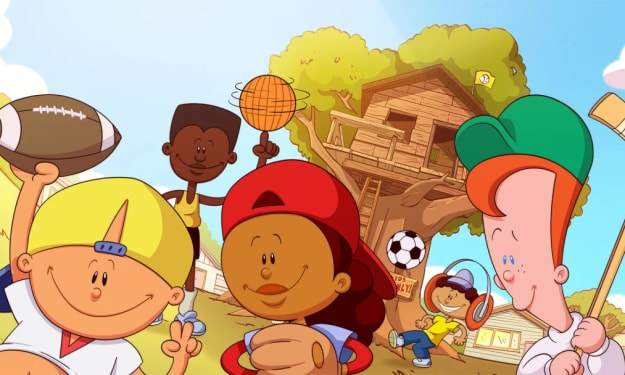Are video games becoming movies?
increasingly better graphics present in the games!

It is incredible how already in 2015 with the release of GTA V on PC the graphics were becoming increasingly better quality, then in 2019 with the release of Red Dead Redemption 2 not only the graphics had improved a lot but also the realism and physics implemented in the game, now we have to wait for the release of GTA 6 in 2025 and its subsequent release in 2026 or 2027 on PC.
With the advent of artificial intelligence, it is not difficult to think that computer graphics for video games will eventually look like real life and will be difficult to distinguish from real life or another Hollywood film production.
The future of graphic realism in video games: the fundamental role of artificial intelligence
In the vertiginous advance of video game technology, the constant search for graphic realism has been a primary goal. This objective not only promotes the immersion of the player, but also represents a significant technical and creative challenge for developers and designers. In this context, artificial intelligence (AI) emerges as a crucial tool that promises to bring graphic realism to new heights.
Evolution towards graphic realism
Since the first days of video games, the graphics have evolved greatly. From simple pixels to open worlds in high definition today, evolution has been driven by advances in hardware, software and rendering techniques. However, graphic realism goes beyond resolution and visual details; It is faithfully replicating the behavior and interaction of the real world.
Artificial Intelligence: Beyond the graphics
The AI has already transformed many areas of video games, from playability to narrative. In terms of graphic realism, its application can be revolutionary. One of the most promising applications is the procedural generation of content. AI can create landscapes, cities and characters in a dynamic and realistic way, adapting to the context of the game and the actions of the player.
Advanced render and photorealistic simulation
Another field where AI is making significant incursions is in advanced rendering and photorealistic simulation. Traditionally, photorealist rendering has been extremely expensive in terms of computational resources and development time. However, AI algorithms can optimize this process, improving visual quality without exponentially increasing costs.
Interaction and intelligent behavior
Graphic realism is also affected by artificial intelligence in the animation and behavior of non -players (NPCS). With advanced, NPCs can show more realistic and adaptive behaviors, responding more naturally to the actions of the player and the game environment. This not only improves immersion, but also opens new possibilities for narrative and emerging gameplay.
Customization and user experience
In addition to visual realism, AI can customize the user experience. Automatic learning algorithms can analyze the playing style and player preferences to dynamically adjust the difficulty, environment and challenges of the game. This not only improves playability, but also refines the aesthetic and emotional experience of the player.
Ethical challenges and considerations
Despite its promises, the integration of AI in graphic realism raises technical and ethical challenges. Complex algorithms dependence can lead to performance problems and unforeseen errors. In addition, the creation of realistic worlds raises questions about ethical representation and inclusiveness in video games, challenges that must be addressed in an integral way.
Conclusion: A promising future
In summary, artificial intelligence is intended to transform graphic realism into video games significantly. From the procedural generation of worlds to the photorealistic render and the interaction of characters, the AI is redefining the limits of what is possible in visual and experiential terms. However, this advance also requires a careful approach in technical and ethical terms to ensure that realism does not sacrifice creativity, inclusion and innovation in the digital entertainment industry.
Ultimately, the future of graphic realism in video games is intrinsically linked to the continuous advance of artificial intelligence. Over time, we can expect virtual worlds that not only dazzle visually, but also emotionally captivate and intellectually challenge players, carrying the game experience at unprecedented levels of immersion and realism.
About the Creator
Francis V.
I like to write. I hope you like it.
Enjoyed the story? Support the Creator.
Subscribe for free to receive all their stories in your feed.






Comments
There are no comments for this story
Be the first to respond and start the conversation.